Egypt’s national symbols and monuments reflect its rich cultural heritage, history, and identity. Here’s an overview of some of the most prominent symbols and monuments:
National Symbols
- Flag of Egypt:
- The Egyptian flag consists of three horizontal bands of red, white, and black. The white band has the golden Eagle of Saladin, symbolizing power and freedom, in the center. Each color holds a significant meaning: red represents the struggle against oppression, white symbolizes peace, and black commemorates Egypt’s colonial history and struggle for independence.
- Coat of Arms:
- The Egyptian coat of arms features the Eagle of Saladin, a powerful and historic symbol in Arab culture. The eagle holds a scroll with Egypt’s name in Arabic, symbolizing strength and pride.
- National Anthem:
- “Bilady, Bilady, Bilady” is the national anthem of Egypt. It was composed by Sayed Darwish and officially adopted in 1979. The lyrics express love and devotion to the country.
- Lotus Flower:
- The lotus flower is an ancient Egyptian symbol representing creation, rebirth, and the sun. It’s often seen in ancient Egyptian art and architecture, reflecting renewal and regeneration.
- The Nile River:
- Known as the “lifeblood” of Egypt, the Nile has been a central symbol of life, fertility, and sustenance for thousands of years. Its historical significance is deeply intertwined with Egypt’s cultural identity and economy.
National Monuments
- The Pyramids of Giza:
- One of the most famous landmarks globally, the Pyramids of Giza are ancient tombs built for Pharaohs. The Great Pyramid, one of the Seven Wonders of the Ancient World, represents the sophistication and power of ancient Egyptian civilization.
- The Great Sphinx:
- Located near the Pyramids of Giza, the Great Sphinx is a massive limestone statue with the body of a lion and the head of a Pharaoh. It symbolizes strength, wisdom, and the mysteries of ancient Egypt.
- Luxor Temple and Karnak Temple Complex:
- These temples in Luxor, ancient Thebes, were dedicated to the worship of Egyptian gods, particularly Amun-Ra. Luxor Temple hosts stunning columns and statues, while Karnak has the Hypostyle Hall, famous for its grand columns.
- Abu Simbel Temples:
- Carved into a mountain, these twin temples built by Pharaoh Ramses II are known for their colossal statues and intricate carvings. They were relocated to avoid flooding from the Aswan High Dam project, a monumental engineering feat.
- Temple of Philae:
- Dedicated to the goddess Isis, this temple is located near Aswan and is admired for its beautiful location on an island in the Nile. The temple complex is a UNESCO World Heritage Site.
- The Citadel of Cairo:
- Built by Salah al-Din (Saladin) in the 12th century, this historic fortress offers panoramic views of Cairo and houses the beautiful Muhammad Ali Mosque, which is a symbol of Islamic architecture.
- The Egyptian Museum:
- Located in Cairo, this museum houses an extensive collection of ancient Egyptian artifacts, including the treasures of Tutankhamun, mummies, and other priceless items from Egypt’s ancient past.
Other Cultural Symbols
- Hieroglyphics: The ancient Egyptian writing system, hieroglyphics, represents the intellectual achievements of ancient Egypt and is symbolic of its lasting cultural influence.
- Pharaohs: Representing the kings and rulers of ancient Egypt, the Pharaohs are powerful cultural icons of Egypt’s history and architectural wonders.
- Traditional Dress: The galabeya and other traditional clothing styles remain symbols of Egyptian heritage, especially in rural areas.
These symbols and monuments not only celebrate Egypt’s ancient heritage but also embody its modern identity as a bridge between Africa, the Middle East, and the world.

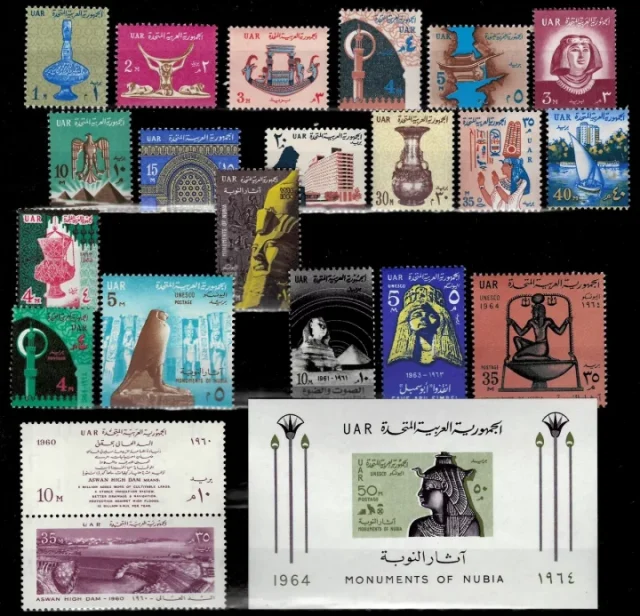
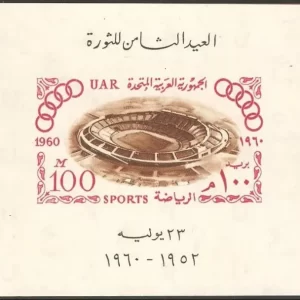
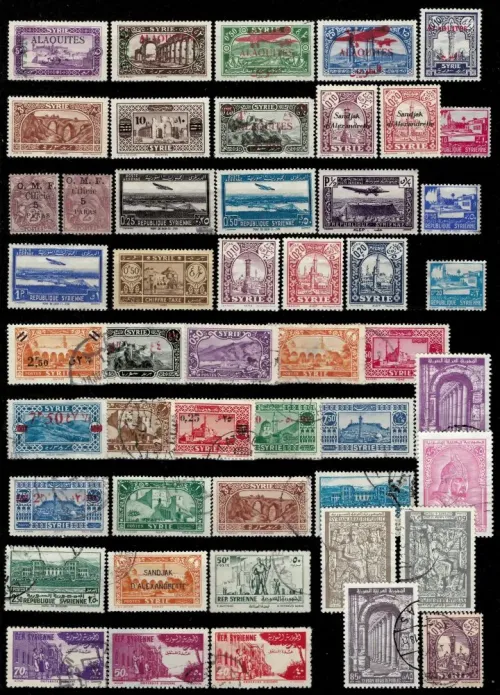
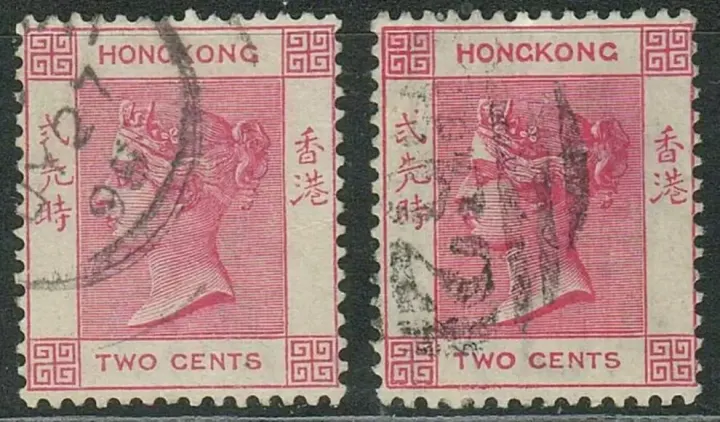
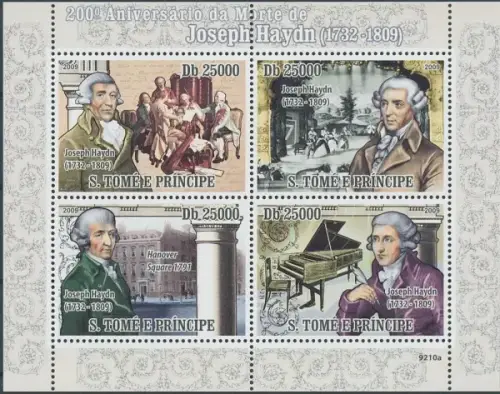






Reviews
There are no reviews yet.